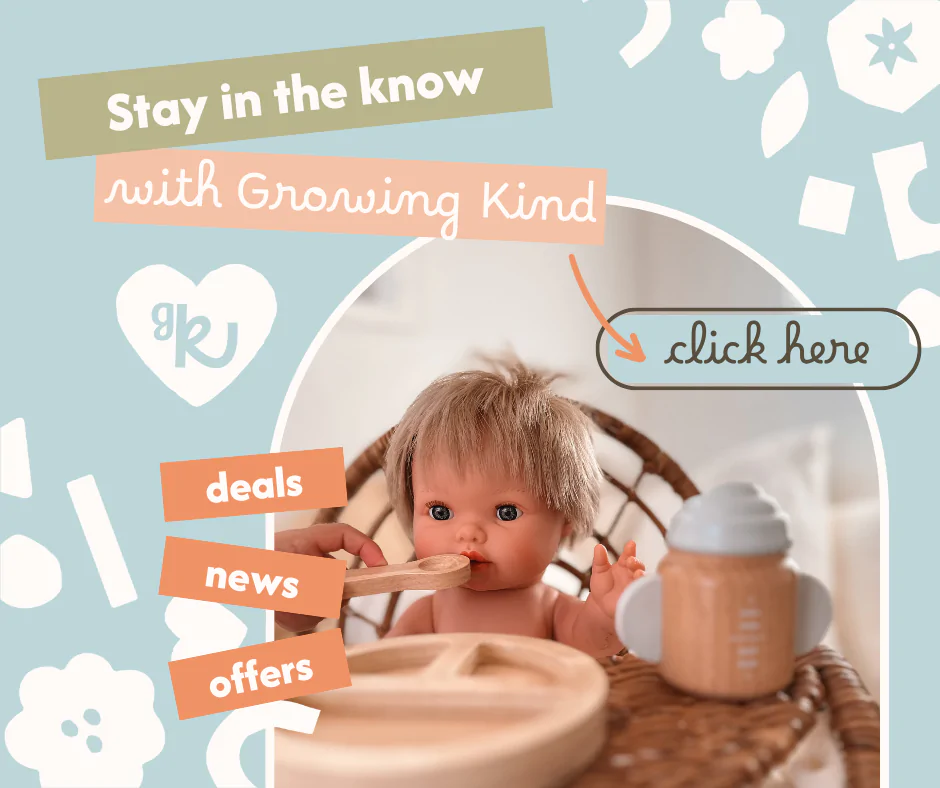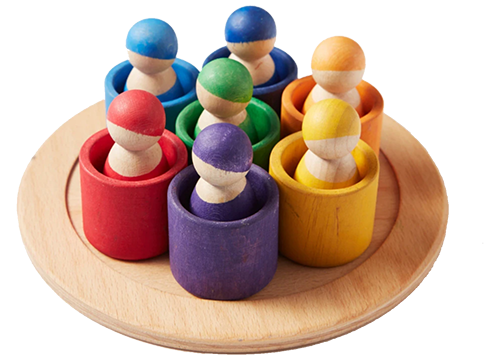Written by Kate Hodgekiss at Engaging Curriculum Solutions
As a childhood trauma survivor, I understand the importance the environment plays in the ability to stay centred, focused and mindful, for children who have been through adverse experiences. Complex trauma, that is to say trauma which is pervasive, and/or repetitive, has a profound effect on the brain’s processes, including those related to the processing of sensory input. How we organise and present the environments in which children impacted by trauma live and learn, will have a profound effect on their ability to connect, focus and absorb the experiences around them. In this blog I will explore some of the important ways in which we can alter our environments to make them trauma informed and intentional.
Understanding the neuroscience…
When children have been exposed to ongoing trauma their little brains have been regularly flooded with cortisol. Cortisol is an important stress hormone which helps us to respond in stressful and traumatic situations (fight or flight). But it is also an inflammatory hormone, which in regularly high levels will impact the architecture of the brain, and the health of the human body. Children’s brains which have been regularly flooded with this hormone, are often reset for life at a high arousal levels (Downey, 2007). What this essentially means, is their reactions to things (both experiences and elements in the environment) will often be extreme, and seem like overreactions to the untrained eye. Their brains will most likely become unable to tell the difference between real and perceived threat, thus often processing neutral sensory data as a ‘trigger’. The really scary thing about all this is, that when one of these ‘false threats’ are triggered, the child’s body will react as if the threat is real, throwing them in to even higher levels of cortisol, priming their body for survival, and shutting down their ability to think rationally.
A familiar and comfortable place to be…
Now that we have explored some basic neuroscience of trauma, you might already be able to see why familiar and comfortable spaces are so significant in trauma informed care. This is a concept which is more likely to be primarily relevant in the early childhood or primary school classroom environment. There has always been a tendency to change our classroom around regularly, be it to reflect children’s current interests or because ‘a change is as good as a holiday’ so to speak. Well, this is most definitely not the case for children impacted by trauma. These children crave stability and familiarity. Environments which are predictable (at least in any big ways) create a lot less work for the hyper vigilant brain. Regular changes to sensory stimuli only provides more opportunity for threat and false triggers. The same can be said for routines. Routines, like environments, require an element of predictability when working with or caring for children impacted by trauma, allowing them to move through their day in a focused manner.
A calmer classrooms approach
I have talked about the way in which a child’s brain can be reset to high arousal levels for life, and this is important to consider when we think about the busyness of our environments. The brain is a super busy organ already, with sensory data being filtered, processed and ‘diagnosed’ before it even reaches its destination in the brain. The more data there is to process in the environment, the busier the brain will be. For a child who has been impacted by trauma this spells trouble! When our environments are cluttered the hyper vigilant brain will constantly be scanning for signs of threat, making the child appear distracted and unfocused. This will often cause the child to also become physically tense. None of this is conducive to feeling comfortable and secure, much less to learning. Additionally, as with environments which are constantly changing, busy environments pose more opportunity for false threats and triggers.
A space for connection
When a child has experienced trauma at the hands of a trusted adult, wether or not that is a primary caregiver, it can lead to feelings of betrayal, fear and mistrust. The most important factor to healing in cases like these are to present the child with opportunities to build secure attachments. And really, this should be our first focus with all children, impacted by trauma or not. Providing spaces within the environment, be that a home or a classroom, for one on one connection, is of the utmost importance. In the words of the wonderful Bruce Perry (2008), a renowned child psychologist…
“The more healthy relationships a child has, the more likely they will be to recover from trauma and thrive. Relationships are the agents of change and the most powerful therapy is human love.”
When I first began my research in to the area of trauma, I did so from a purely psychology perspective, but it soon became clear to me that a good understanding of neuroscience was paramount. It was from developing this knowledge around the human brain that I really began to understand the impact of the physical environment and its design, on a child who has experienced trauma. And this is not a new idea by any means. While backed by neuroscience we can also see it reflected in theory. Montessori environments are known for their calmness and sense of order. Since Montessori developed her theories through observation of children from disadvantaged backgrounds, many of whom had experienced trauma, it could be said these ideas go right back to the early 1900s. I hope this has helped any of you hoping to create environments which are trauma friendly and conducive to healing!
References
Downey, L. (2007) Calmer Classrooms: A guide to working with traumatised children. Child Safety Commissioner, Melbourne.
Perry, B & Szalavitz, M (2008) The Boy Who Was Raised as a Dog: and other stories from a child psychiatrist’s notebook: what traumatised children can teach us about life, love, and healing. NewYork: Basic Books
Connect on socials
@engagingcurriculumsolutions
Phone: 0413 097 428
Email: di******@en*************************.au
www.engagingcurriculumsolutions.com.au




